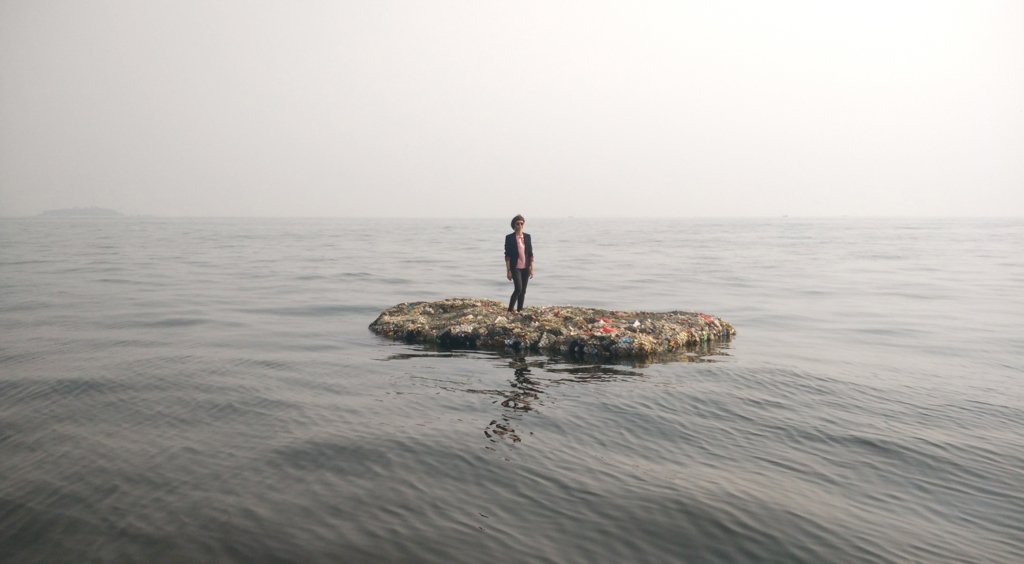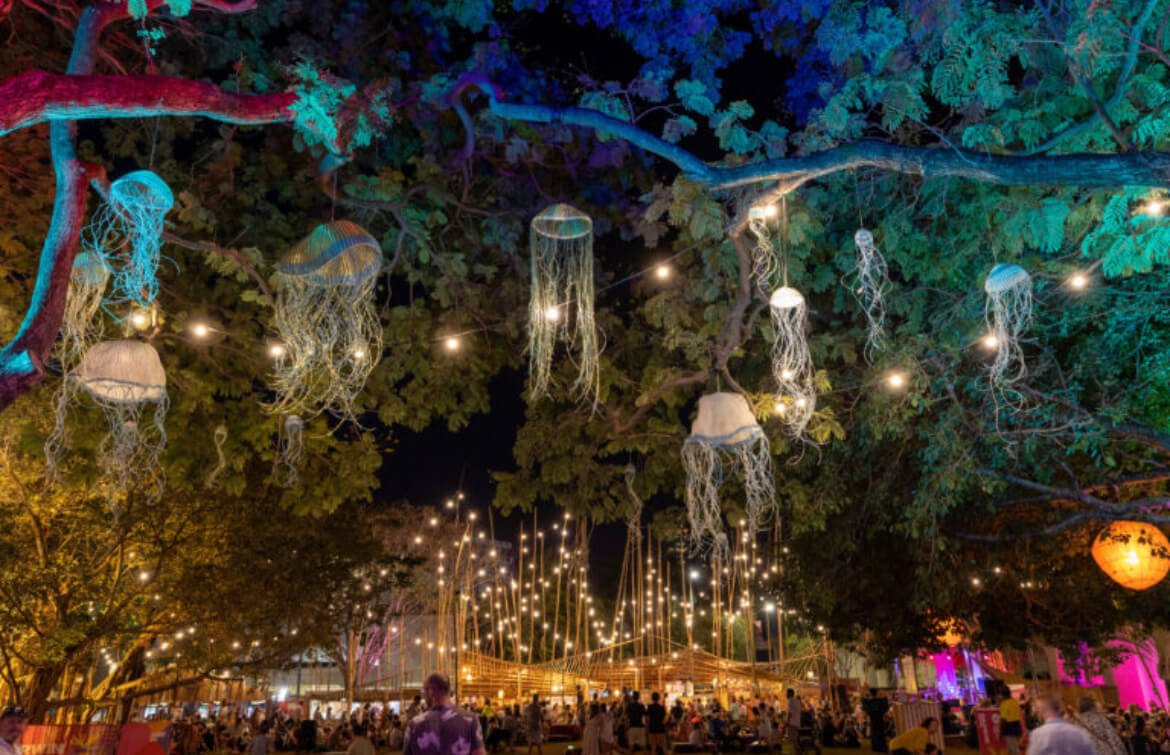Winning at the Fifth World Wicker and Weaving Festival, Poland, 2023
I am currently travelling Europe and the UK as a recipient of a Churchill Fellowship to investigate endangered basketry and avenues being taken to preserve knowledge. Last weekend I attended the 5th International Wicker and Weaving Festival in Poznan, Poland which was an incredible opportunity to meet international basket weavers.
Jakarta- Tales of a Sinking City
As artist’s in residence in Jakarta, Maicie Lalalra, Annabel Amagula and I met with two wonderful artists from Jakarta, Tita Salina and her partner Irwan Ahmett . Tita Salina’s work, 1001st island – the most sustainable island in archipelago 2015 explores issues of community disenfranchisement, and environmental pollution.
Monster Net
In 2018 I participated in an Asialink Arts Residency with Annabel Amagula and Maicie Lalara from Anindilyakwa Arts . We spent a month at Kominatas Salihara, an International multidisciplinary arts center in Indonesia.Before leaving for Indonesia Maicie Lalara finished weaving a large ‘monster fish’ from a ghost net retrieved from the sea near Groote Eylandt by the ferry driver. This net was nicknamed a ‘Monster Net’ by the Northern Territory News.
Groote Eylandt Beach Clean Up
I have many special memories from When i was working with Anindilyakwa Arts from 2015- 2021. Onin particular was when I was fortunate enough to travel with Maicie to her Grandfathers country along with the the Animdilyakwa Sea Rangers for their annual Groote Eylandt Beach Clean Up.
Wish Upon a Jellyfish Installation at Darwin Festival 2021, 2022
Did you know that the collective noun for jellyfish is a smack? You may be surprised to find 100 illuminated creatures dangling from trees in the middle of Festival Park, far removed from their natural marine habitat.
Artist in Residence at Kominatus Salihara
As a recipient of a Melbourne University Asialink Grant, I was fortunate to have the opportunity to be a resident artist at Kominatus Salihara in Jakarta.
Basketry Brings Worlds Together
My interest and passion for basketry was sparked when I first moved to the Northern Territory more than 20 years ago. A trip to the Nauiyu Nambiyu (Daly River) community, 250km South of Darwin for the Merrepen Arts Cultural Festival changed my life.






